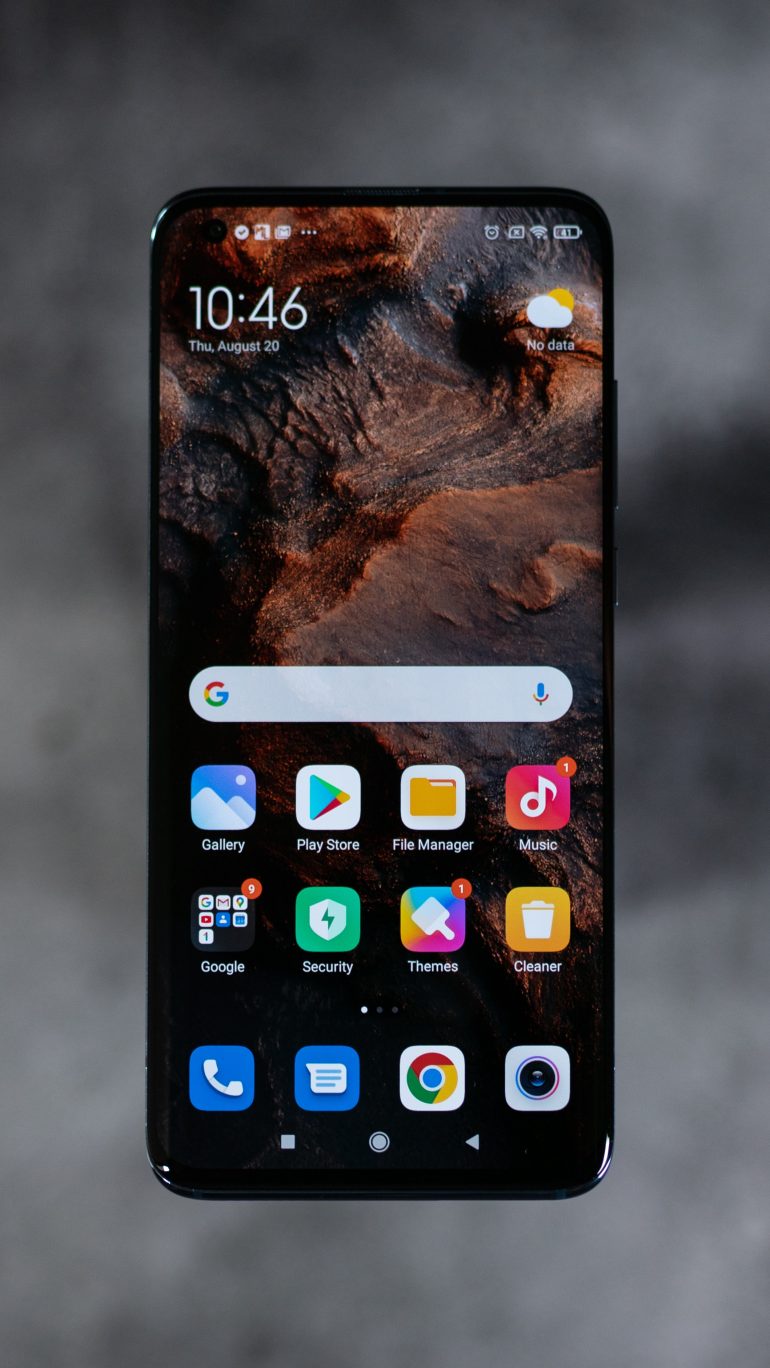Micro-Conversions: Measuring Momentum in Funnels (2025)
When it comes to optimizing digital marketing funnels in 2025, businesses are no longer focused solely on the final sale or conversion. Instead, savvy marketers are now paying close attention to the small yet meaningful steps that users take on the path to conversion. These steps—known as micro-conversions—can provide insights into user behavior, intent, and engagement that traditional metrics often overlook.
What Are Micro-Conversions?
Table of Contents
Micro-conversions are the smaller, intermediary actions that a user performs while progressing through a digital conversion funnel. While the end goal might be a product purchase or a service signup (a macro-conversion), micro-conversions can include actions such as:
- Signing up for a newsletter
- Clicking on a product feature page
- Filling out a contact form
- Watching a promo video
- Creating an account but not purchasing
- Adding items to a wish list
Each of these actions indicates a higher level of engagement and commitment. Ignoring them means ignoring valuable data about how users are interacting with your brand and where they may be encountering friction.
Why Micro-Conversions Matter in 2025
The digital landscape in 2025 is increasingly complex. Users now interact with brands across multiple channels, devices, and platforms before making a final decision. This customer journey is rarely linear, and as such, relying solely on macro-conversions gives an incomplete picture of performance.
Here’s why measuring micro-conversions is vital:
- Improved Funnel Visibility: Micro-conversions help reveal where users drop off and where they engage, allowing optimization at every stage.
- Audience Segmentation: They allow marketers to create targeted segments based on specific user behaviors.
- Predictive Analytics: Patterns in micro-conversions can offer predictive insight into which users are most likely to become customers.
Ultimately, micro-conversions serve as indicators of momentum within your conversion funnel—a powerful metric in a world driven by personalization and user experience.
Types of Micro-Conversions
Micro-conversions can be categorized into two main types: process milestones and secondary actions.
1. Process Milestones
These are steps a user must take to reach the final conversion. For example:
- Starting and progressing through an account sign-up flow
- Moving from landing page to product detail page
- Initiating the checkout process
These actions directly correlate with the user’s intent to convert and can offer diagnostic insights into where funnel friction may lie.
2. Secondary Actions
These are actions that show interest or engagement but may not directly lead to an immediate sale. Examples include:
- Downloading a whitepaper
- Subscribing to newsletters
- Following your brand on social media
While not always leading instantly to a macro-conversion, secondary micro-conversions grow brand affinity and can significantly contribute to the long-term customer lifecycle.

Measuring Micro-Conversions Effectively
The key to using micro-conversions effectively lies in measurement strategy. As of 2025, analytics tools have become highly sophisticated, enabling granular tracking of user interactions. Whether using Google Analytics 4, Adobe Analytics, or custom tracking logic, here’s how to accurately measure micro-conversion activity:
1. Define Relevant Micro-Conversions
Not all micro-conversions are equally valuable for every business. A B2B software company might focus on form submissions, while an eCommerce store might look at “Add to Cart” or “Product View” events. Define micro-conversions based on your business goals and user journey.
2. Use Event-Based Tracking
Events are the foundation for behavioral tracking in modern web analytics platforms. Implement tracking for micro-conversions like:
- Button clicks (e.g., “Learn More”)
- Video play and completion rates
- Time on page or scroll depth
- Navigation between key funnel pages
3. Visualize Funnel Progression
Use analytics dashboards to build funnel visualizations that include these micro-conversions. This shows where users stall or eject from your process and where they’re gaining momentum.

Micro-Conversions and A/B Testing
Micro-conversions are incredibly useful in optimizing conversion through A/B testing. For example, if two versions of a landing page are tested and both show similar final conversion rates, micro-conversions can shed light on which version encourages more user engagement or higher intent along the journey.
Suppose Version A has more users clicking to view product comparison charts, while Version B sees more visitors signing up for a free trial. These are signals that allow data-driven decisions instead of relying solely on macro outcomes.
Case Studies: Brands Leveraging Micro-Conversions
1. Shopify
Shopify focused on tracking key micro-conversions such as “Start Free Trial” clicks and “Theme Customization” actions. These insights helped the company identify common stumbling blocks for new users, leading to a redesigned onboarding experience that boosted paid subscriptions by 16%.
2. Coursera
Online education platform Coursera tracked micro-conversions like video play rates and time spent on learning paths. The data revealed that users who previewed three or more course videos were 47% more likely to enroll. Coursera used this knowledge to tailor homepage experiences and personalize course recommendations.
The Role of AI and Automation in 2025
In 2025, artificial intelligence plays a larger role than ever in funnel optimization. AI models can now analyze large volumes of micro-conversion data to predict user intent and recommend automatic segmenting or routing of users to appropriate content or offers.
For instance, predictive models might detect that users who read three blog posts and download a whitepaper have a 70% higher chance of converting. Marketers can then automate personalized follow-ups or retargeting strategies based on this insight.
Best Practices for Leveraging Micro-Conversions
- Align goals: Make sure micro-conversions align with the overall business and marketing objectives.
- Keep it actionable: Only track micro-conversions that can lead to actionable insights.
- Incorporate into KPIs: Treat key micro-conversions as leading indicators in your performance dashboards.
- Optimize incrementally: Use micro-conversion data to guide small, continuous funnel optimizations.
The Takeaway
In a marketing world driven by personalization, omnichannel behavior, and data transparency, micro-conversions are no longer optional. They are essential to understanding how your users interact with your digital touchpoints, and they offer critical insights into what’s working—and what’s not—long before the final conversion ever happens.
By capturing, analyzing, and acting on micro-conversion data, you’re not just measuring user movement—you’re empowering marketing decisions with granular intelligence. This approach leads to smoother funnels, better customer experiences, and ultimately, more conversions.
In 2025, momentum matters more than ever. Micro-conversions are how you measure it.







